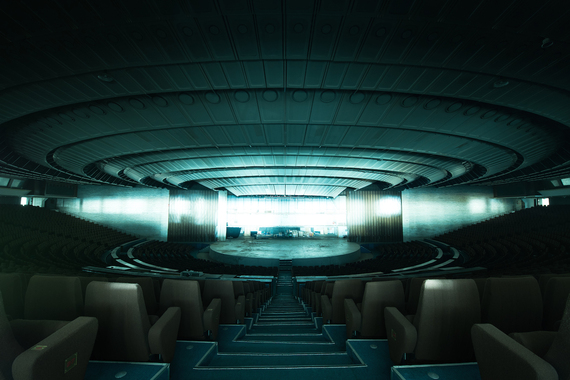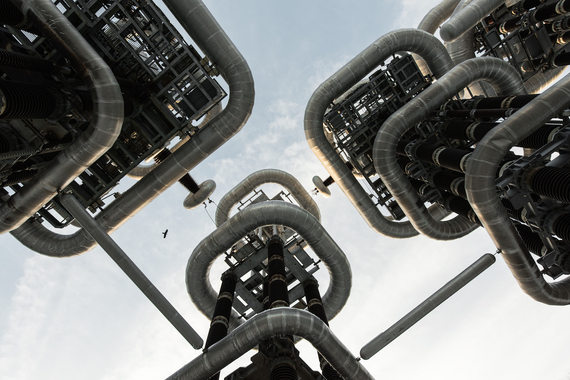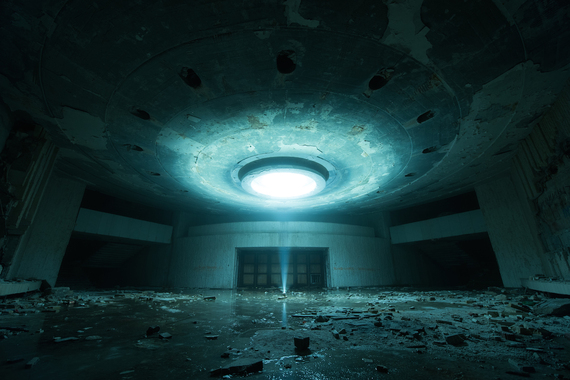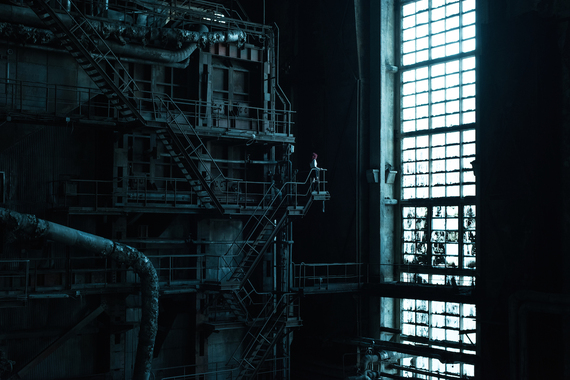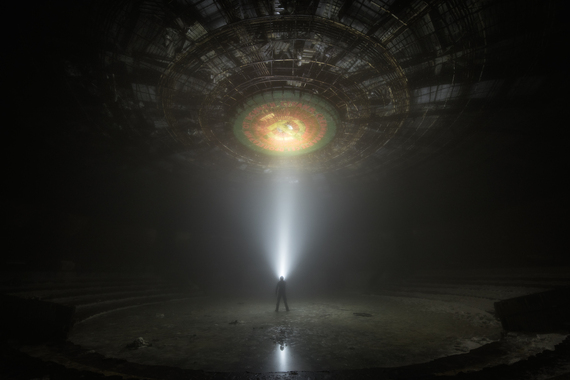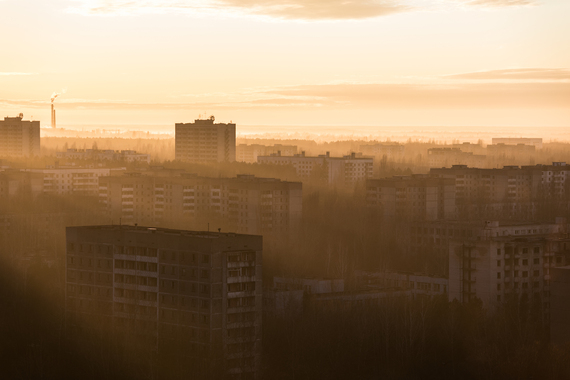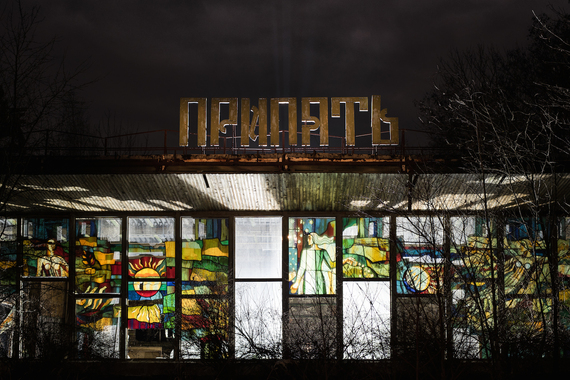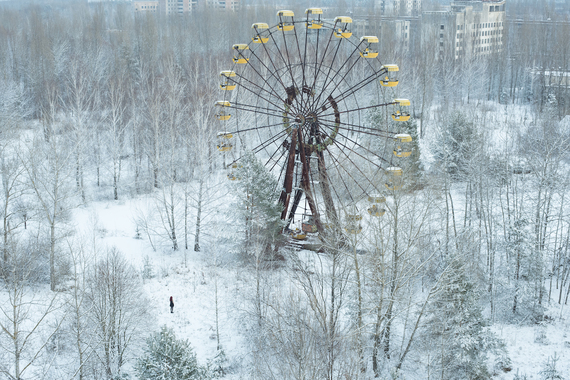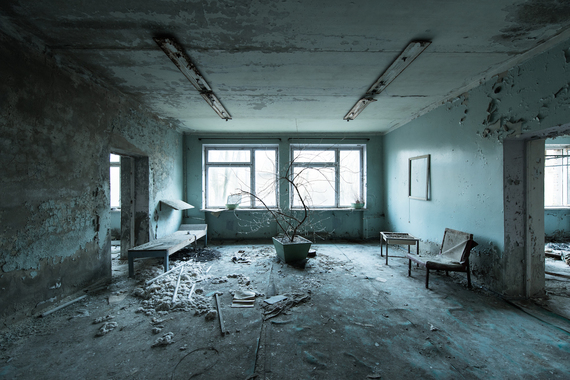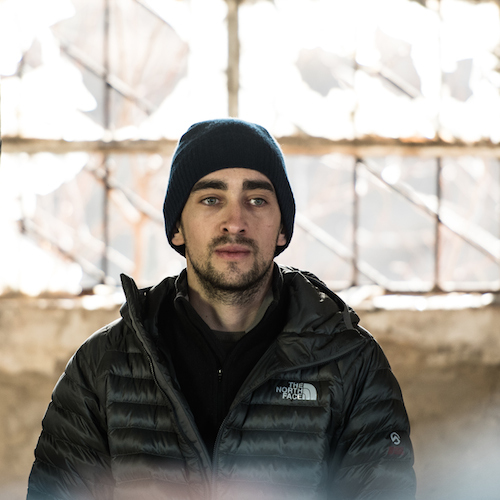Urban Exploration (also called Urbex or simply UE) might be one of the most extreme hobbies that exist. If asked, urban explorers would tell you this is more than just a hobby, it is a way of living and thinking; these people have an insatiable desire to explore so-called lost places. These lost places include industrial ruins, old factories, sewer tunnels, catacombs and every man-made structure that is abandoned and difficult to access. Urban explorers take photos or videos of their exploration to capture the atmosphere of these places. It often results in artistic photography that looks like it has been shot in a different world or in a different time period.
One person who explores lost places is the young photographer and urban explorer David de Rueda. He has always been in love with images, but he started to take photos ten years ago. At the same time, he discovered his passion for places that look like they are from an apocalyptical movie. He quickly discovered that he does not only want to be a photographer but also an explorer. A way to combine the perfectionism it takes to produce a perfect photo and the unpredictable thrills of discovering and exploring the unknown was to be part of the Urbex community. To be part of it means to climb fences, to descend caves and tunnels, to enter derelict ruins and at the same time, to come up with photography that could be shown in art galleries in London or Berlin. It is the synergy of creativity, art, sport, thrill and adrenaline which make Urban Exploration so unique and versatile; it is up to the explorer if he only wants the pure adventure of exploring or if he wants to express something more with the produced photography.
"These scenes often look like something from another world, they seem unreal. I think the fascination with these places comes from there. They make people dream. And that is why I like to show my pictures."
For David de Rueda, it was quickly clear that he not only wants to experience the dark atmosphere of places like Pripyat, the ghost city next to Chernobyl or the two prototype Soviet Buran spacecraft in the desert of Kazakhstan, but he also wants to turn his adventures into art. His photography series reflect a post-apocalyptical world, as he explains, with a touch of hope and humanity. The photos of lost places he takes could both illustrate the past or the future, which makes both the photos and places so interesting.
David was always attracted by abandoned and unusual places. "It's something I have had since I was a kid. At the time, I didn't know there was a name for this, I just wanted to see what was behind the walls of these impressive structures," he explains his desire of exploring he had since his childhood.
"I think my first real exploration was an abandoned u-boat bunker from the Second World War. It was huge, and I spent many hours inside, it was a real labyrinth. I was really thrilled by this discovery; I felt like I was a little Indiana Jones! It never left me, and I've kept exploring since then, always looking for new places to investigate."
Soon afterwards, he began to explore lost places in other countries and even other continents. Most of the time, he travels with friends as it is safer and more fun at the same time. One of the creepiest places he ever visited was Pripyat, a small town in northern Ukraine, which was evacuated after the catastrophic nuclear accident that happened in the nearby nuclear power plant in 1986.
"The whole place is completely silent; there are no birds, and no sounds - the atmosphere is really striking."
As an urban explorer, you need to take risks, as entering these lost places always has an associated risk. David never feels fear when entering the "forbidden places"; it is more a big adrenaline rush. Once he faced two huge guard dogs running towards him. It is these moments that make each visit a once in a lifetime experience. This is why he does not only carry his Nikon D810 with him, but also torchlights, gloves, a rope and sometimes even a boat.
David is always looking for new places to discover. He says it is not difficult to find such lost places. "Many of them are sitting in our cities, we just need to look closer." Thanks to digitalisation, Urbex became easier. The internet is offering tools to research lost places and David even uses satellite views to find his next adventure. He will definitely continue to explore lost places. Exploring changed his view, he explains, on cities and the way he travels. "It is all about adventure and curiosity. It drives me."
All photos in this Article were provided by David de Rueda. He is a Franco-German photographer and explorer from Poitiers. His work was shown at La Samaritaine, a contest organized by LVMH. His first movie called Urban Escape was released in 2014, he collaborated on the direction of different music videos for different artists such as Kery James and Maître Gims and Nikon send him on a trip around the world to explore forgotten places.
Find out more about urban exploration and David de Rueda on his Website or visit him on Facebook , Instagram and Twitter

